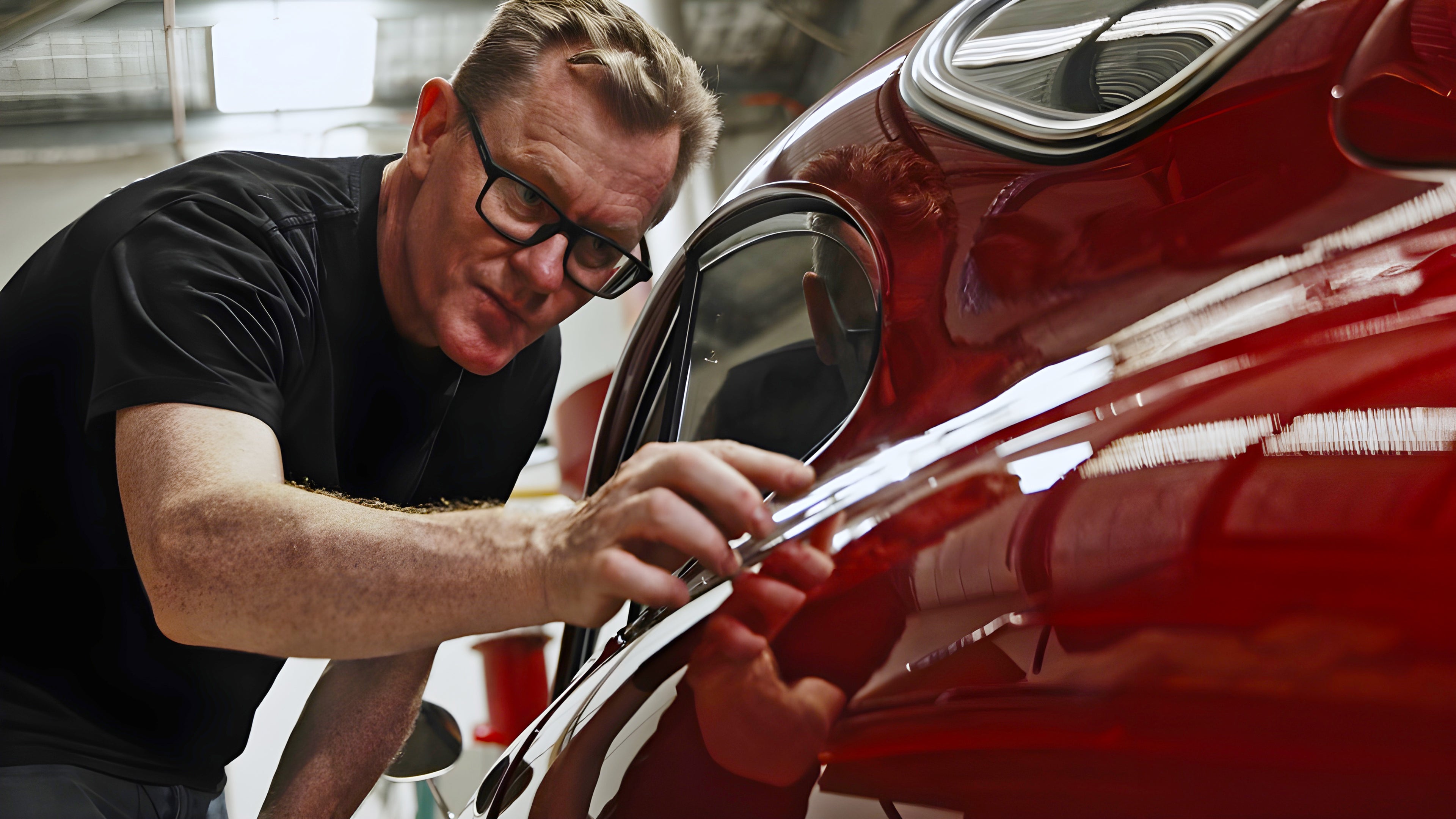Coffee prices globally are rising, and Australia is no exception. While cafés here charge less than the global average, the cost of raw coffee has increased by $8–$15 per kilo—adding $10–$18 to roasted costs. Despite cutting overheads and moving to solar power, absorbing these increases is no longer sustainable. Without gradual price adjustments, many roasteries—already 10–15% down in Australia—will close, leaving the market to multinationals who can later raise prices even further.
For cafés, a $10 per kilo increase translates to just 20–40 cents more per cup. That small difference helps ensure farmers are paid fairly and independent roasters survive. Farmers, like café owners, face tough margins—many in Brazil can switch to soy, corn, or beef if coffee isn’t viable.
The reality is: coffee isn’t as cheap or simple as it once was. Specialty coffee is splitting—bad coffee sells high, great coffee costs even more. Operators need to adapt: refine recipes, adjust cup sizes, and use menu design to anchor pricing. Raising alt-milk charges or add-ons can also help balance margins.
We’ve implemented a modest price rise to keep roasting and expect more ahead. Our advice: introduce regular, smaller increases rather than a single steep jump. Despite media hype, a $12 coffee isn’t realistic—but moving toward $6–$7 per cup over time allows cafés, farmers, and roasters to share in a fair return.






